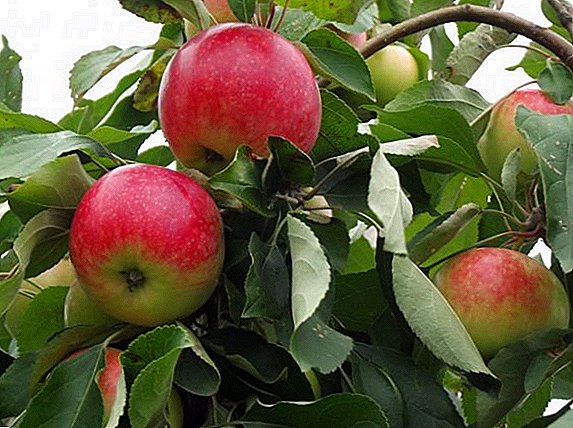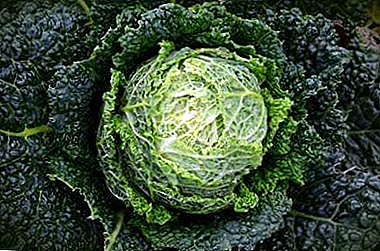
The bats - the only mammals capable of real flight - are widely settled around the globe. These animals are leading twilight and nocturnalrepeatedly became objects of superstition.
At the same time, the neighborhood of bats brings to farms and lawn gardening considerable benefit. Let us take a closer look at what the habitat of the bat is, what conditions and methods of shelter these chiroptera choose.
Habitat of bats
Winged animals can be found almost anywhere in the world. They have not mastered only the subpolar regions, the tundra and especially remote oceanic islands. In some island areas, they are the only representatives of mammals, since capable of long nonstop flights above the water surface.
The largest number of bats, in terms of total and species diversity, lives in moist hot areas: up to several hundred species in the basins of tropical rivers like the Congo and the Amazon.
In the northern zones of taiga there are only two or three species of bats.
40 species breed in Russia. The number of individuals per square kilometer is 50-100 in the middle lane and increases to 1,000 in Central Asia.
Favorite places of settlement

Where do bats live? Since these are animals of nocturnal and twilight activity, they need secluded and safe day shelter.
Depending on the size and characteristics of the structure of the limbs it depends directly on where the bat lives. These animals choose the most suitable for them ready natural shelters - caves and crevices of rocks, depressions in the walls of the cliffs and the slopes of the dunes, hollows and holes left by their inhabitants.
Some tropical species build themselves improvised lodges umbrellas from large leaves, gnaw out personal cavities, niches in bundles of palm fruits, or climb into the voids between the nodes of bamboo trunks.
The invasion of man into nature destroys the natural places of settlement of bats; many of their species become rare, endangered. However, the bat’s fitness for habitat is very high and, next to humans, bats are trying to discover new refuges, like favorite caves, holes, hollows, and crevices.
In Egypt, they mastered internal mazes of the great pyramids, in used mining fields - abandoned mines and tunnels, in cities and villages settle in attics, basements, cellars, haystacks, woodpiles, sneak in behind shutters and window covers.
To attract bats in gardening and farm farms on trees, at a height of at least 3 meters, hang out special houses from the slats with a secluded lower entrance - a narrow slit, similar to inverted mailboxes.
A photo
Pictured: where does the bat live?




Adaptation to habitat features
Bats exhibit amazing adaptability to the most extreme temperature conditions. They withstand both an increase in body temperature up to 40 degrees and a decrease in it to zero.
Meal options winged animals are also very diverse and correspond to the environment in which they live and breed.
The main contrasts occur in the tropical zone, where some species consume exclusively vegetarian nectar flowers and fruit pulp, and others - the blood of larger mammals. However, most bats prefer hunt for insects. In rare instances, small vertebrates, frogs and songbirds, become their prey.
In the middle lane conditions in the summer massively prey on insects. During the night, one animal kills up to a thousand mosquitoes, as well as numerous pests of fields, gardens and vegetable gardens, whose flight occurs at night.
With the onset of cold weather and the disappearance of their main food, bats look for themselves winter shelter, the temperature in which should not fall below 0ºС, and fall into anabiosis.
So these amazing creatures are going through an unfavorable season in the environment to which they managed to perfectly adapt.
Awakening is coming in the springwhen the first flying insects appear - and the tireless flyers again go into the night watch.
The mass destruction of insect pests in the dark, when the birds are inactive, brings undoubted benefit horticultural and farm farms. If you provide the bats with suitable shelter houses, the winged animals will inhabit them and will work properly instead of insecticides.












